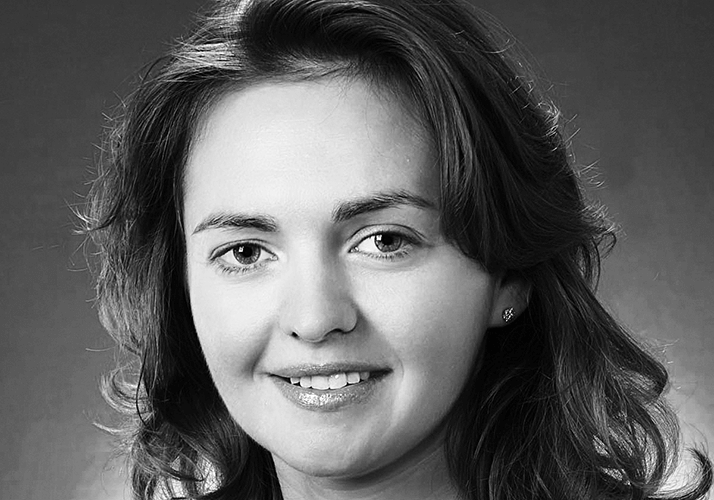
Born into a family rich in chemistry heritage (both of her parents are chemists/food technologists), Katerina (Kate) Mastovska has been working in laboratories since the age of 14, surrounded by chemistry and talk of food safety. No surprise then that, despite her mother and father’s protestations, Kate was keen to follow in their footsteps when it came to choosing a route through academia. In particular, food analysis was top of the list. “You would earn more money doing economics or law,” her parents insisted. But Kate’s mind was made up. Keen on mathematics and with a fondness for puzzles (just like Mike Thurman and Imma Ferrer), chemistry – and its practical application in food analysis – was a logical move in many ways.
Back in the early 1990s, I joined Jana Hajslová’s lab at the Institute of Chemical Technology (ICT) in Prague, working on pesticides amongst other things. And that’s really where my passion for contaminant analysis began. In this field, our overall goal is to make food safer – and our work has a real impact. On the analytical side, my passion stems from the challenge – food samples are highly complex; measuring over 100 compounds at very low levels in a complex matrix is about as tough as it gets. And every compound has a story – I really enjoy designing methods to meet those challenges. After my PhD, I worked as a research chemist at the US Department of Agriculture (USDA) for about seven years. I joined Covance in 2009. In essence, my role at Covance is all about solving problems. Some people dislike problems, but I actively seek them.
So, you’ve been in academia, government labs and now industry – has your work changed?
Definitely – the environments are very different. And I have to say I enjoy my current role the most, predominantly because it is so fast-paced. I also like the client relationship aspect – I can really see the immediate impact. Whatever I do really needs to be very practical and – in all honesty – commercially valuable. It also offers freedom for research – an excellent combination. There is certainly more pressure working in a client-facing environment, but I actually enjoy it; as I said, I love complex challenges. We work a lot with the food supplement industry – botanical extracts and other highly complex matrices – and that adds yet another layer of complexity. But of course, it’s more about the satisfaction in finding a solution than the problem itself. A problem without a solution is no fun at all.How do you typically approach problems?
Of course, different problems require different approaches and tools, but in general, my first step is always to gather as much information about the issue as possible. In other words, we must first analyze the problem itself. Sometimes, I already have a solution in mind, if not, I employ a logical and stepwise approach to find the root of the problem – and then I isolate it. Researching the literature and reaching out to peers is essential – someone may have been down the same path before. The rest is down to the right tools and experience.So, what’s in your analytical toolbox?
One big issue, especially for contaminants in complex matrices, is the need for assured compound identification; finding compounds that should not be in the sample has a huge impact for our clients or their suppliers, so correct identification is essential. How do we approach this? Well, we ensure that we have as much information available as possible. When it comes to pesticides, for example, we routinely use both GC-MS/MS and LC-MS/MS, which gives us orthogonal overlap in terms of compound coverage. In many cases, we go above and beyond international guidelines on minimum requirements for identification. More specifically, in LC-MS/MS, we are now routinely using triggered multiple reaction monitoring (MRM), which allows us to acquire more information from the compound by looking at more than two MS/MS transitions. The extra information that triggered MRM provides is a huge benefit when it comes to compound identification because it increases our confidence. We cannot make avoidable mistakes. Our clients may come back to us and ask, “Are you really sure this compound is in our sample?” And though we may not be able to be 100 percent confident, it’s great to know that you have the additional information you need to support your findings. Part of my job is to let clients know what the information actually means. The fact that a compound is found in a sample may not be a problem from a regulatory point of view, but it may kick start an investigation into the source of the contamination. After all, many of our clients also need to go above and beyond the minimum requirements to protect their brand and reduce potential risks. And certainly, when sourcing new suppliers, the more information I can give our clients, the better.“One big issue, especially for contaminants in complex matrices, is the need for assured compound identification”.

